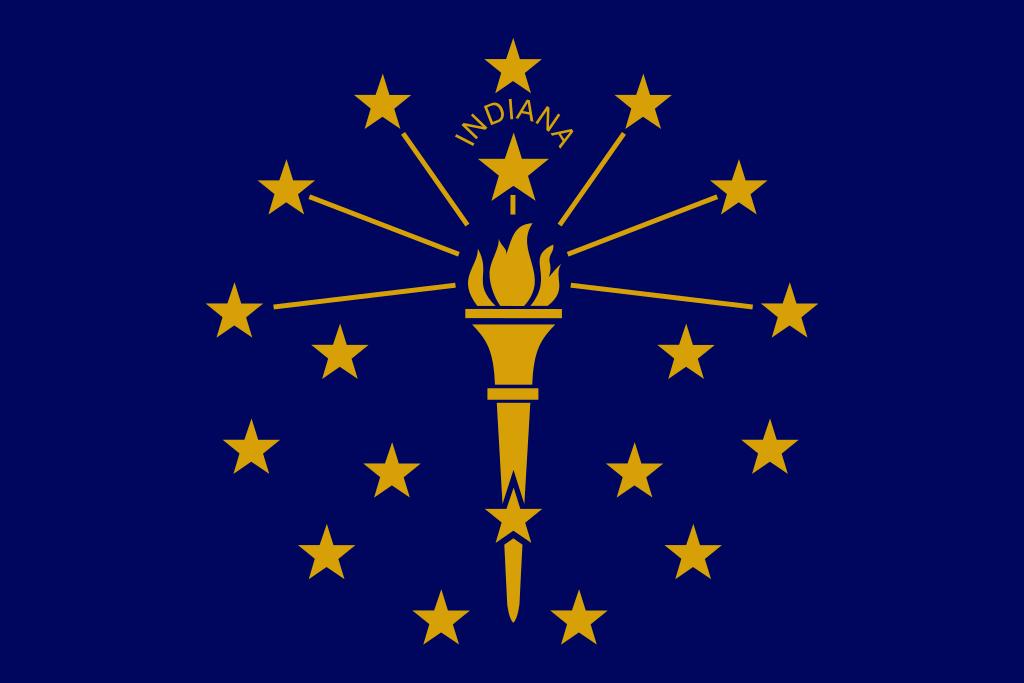Let’s Play Date, Marry, Kill…with Roundabouts.
What are your thoughts as Indiana starts adopting these modern traffic control measures (Europe has been doing them since…forever)?
Most people I talk to either love or hate these intersections. For some reason, I can’t find people who are indifferent to them very often.
According to the Carmel’s city webpage: “Carmel is internationally known for its roundabout network. Since the late 1990’s Carmel has been building and replacing signalized intersections with roundabouts. Carmel now has more than 150 roundabouts, more than any other city in the United States.”
“The number of injury accidents in Carmel have reduced by about 80 percent and the number of accidents overall by about 40 percent.”
General PROs / CONs
- Up to a 90 percent reduction in fatalities
- 76 percent reduction in injury crashes
- 30-40 percent reduction in pedestrian crashes
- Reduces the severity of crashes
- Keeps pedestrians safer
- Roundabouts reduce the number of potential accident points within an intersection, 75 percent fewer conflict points than four-way intersections
- No signal equipment to install and repair, savings estimated at an average of $5,000 per year in electricity and maintenance costs
- Service life of a roundabout is 25 years (vs. the 10-year service life of signal equipment)
- Reduces pollution and fuel use
- 30-50 percent increase in traffic capacity, improves traffic flow for intersections that handle a high number of left turns, reduces need for turn lanes
- While roundabouts can handle moderate to heavy traffic volumes more efficiently than traditional intersections, they may experience congestion and delays during periods of extremely high traffic volumes or if not designed properly for the anticipated traffic flow
- Pedestrians and cyclists may face challenges navigating roundabouts, particularly multi-lane roundabouts with higher traffic volumes. Proper design considerations, such as providing safe crossing points, adequate sight lines, and dedicated pedestrian/cyclist facilities, are crucial to ensure their safety.
- Drivers unfamiliar with roundabouts may initially experience confusion or hesitation when navigating them, potentially leading to increased risks or delays until they become accustomed to the traffic patterns.
- Roundabouts generally require a larger footprint and more land area
https://www.in.gov/indot/traffic-engineering/roundabouts/#:~:text=Up to a 90 percent,points than four-way intersections (CONs came from general searching, LLM compilation)
Indianapolis and the surrounding suburbs are implementing them more frequently now, how about your city?
Did you know that traffic circles are different from roundabouts? PA has a little comparison chart that was interesting (If you’re into that sort of thing): https://www.penndot.pa.gov/PennDOTWay/pages/Article.aspx?post=24


So where you are from, what happens if a pedestrian or bicycle needs to go across a road? Is there infrastructure like bridges to cross the road without cars needing to yield?
Cars yield for cyclists and pedestrians. This only works for smaller intersections like in the picture. Large roundabouts have traffic lights, but those are in the outskirts of a city where traffic consists of cars for the most part